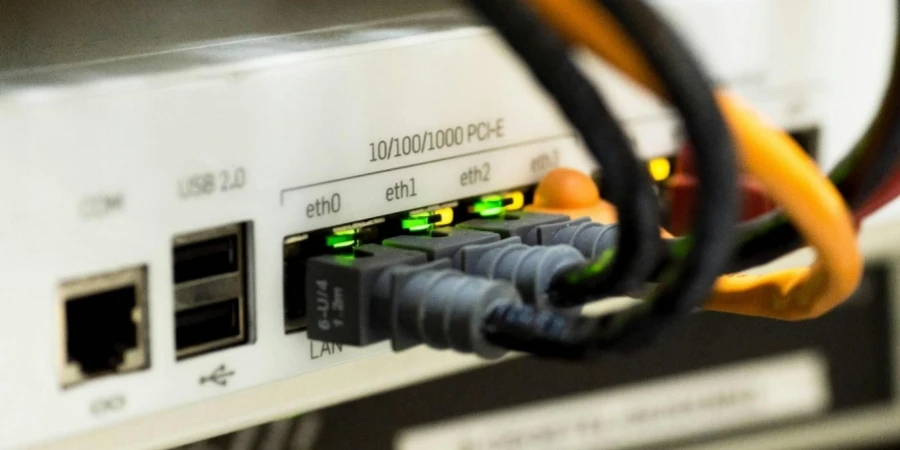In today’s world, dominated by cloud technology advancements and high-speed data transmission needs, users rely heavily upon network cards for smooth connectivity and reliable access to networks. With the rapid evolution of technology, understanding the latest trends and innovations in the network card market is essential for professional buyers seeking to enhance their IT infrastructure.
This article thoroughly examines what is driving the market expansion, highlights important technological advancements, and performing products that can help guide buying choices in a changing landscape where businesses heavily depend on cutting-edge network capabilities.
Table of Contents
● Rapid market growth driven by high-speed connectivity demand
● Key innovations in network card technology and design
● Top-selling models that are setting market trends
● Conclusion
Rapid market growth driven by high-speed connectivity demand

Market scale and growth
The NIC marke is expected to see growth over the period from 2024 to 2028 with an anticipated rise of 3.37 billion dollars. This growth aligns with a compound annual growth rate of 5.25% favored by the growing desire for internet and the widespread use of cloud computing and virtualization technologies. Furthermore, Technavio reports that the market’s upward trajectory is driven by an increasing demand for dependable and quick network connections to facilitate digital advancements in various sectors.
Regional insights
In the period of growth in the markets, North America is anticipated to have a significant impact by contributing around 36%. The region’s notable progress is driven by the demand for network infrastructure in countries such as the United States, Canada, and Mexico.
The rising popularity of cloud services, online gaming, and the increasing prevalence of streaming platforms are driving the need for NIC usage due to the substantial data volumes involved in these operations. As a consequence, North America’s influence in the worldwide NIC market remains strong.
Key innovations in network card technology and design
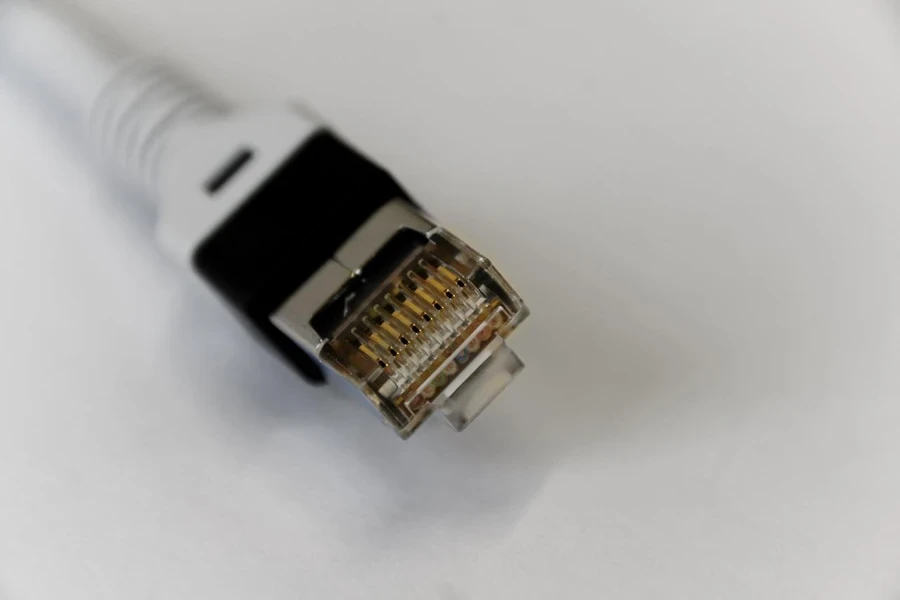
High-speed data transfer advancements
The advancement of Ethernet cards is characterized by the introduction of 2.5Gbps and even 10Gbps transfer speeds. They are enabled by incorporating PCIe (Peripheral Component Interconnect Express) to provide enhanced bandwidth and less latency.
Today, network adapters are taking advantage of gigabit Ethernet technology that enables seamless adaptation to varying speeds such as 10Mbps, 100Mbps, 1Gbps, and 2.5Gbps, offering flexibility to cater to network conditions and needs.
Cutting-edge Physical layers (PHYs) are components utilized to minimize signal deterioration over extended distances and maintain high-speed data transmission in challenging conditions.
Enhanced security through hardware innovations
With the rise of cyber threats comes the enhancement of network cards, with encryption engines and trusted platform modules (TPMs). These features guarantee secure boot procedures and safeguard confidential information while in transit. The network interface cards (NICs) have built-in accelerators that manage encryption and decryption operations smoothly without compromising the system’s efficiency.
Secure enclave technologies are now being integrated into network interface card (NIC) configurations to separate sensitive operations from the rest of the system and thwart tampering or unauthorized entry attempts, which is crucial in cloud and data center settings.
Optimizations for virtualization and cloud environments
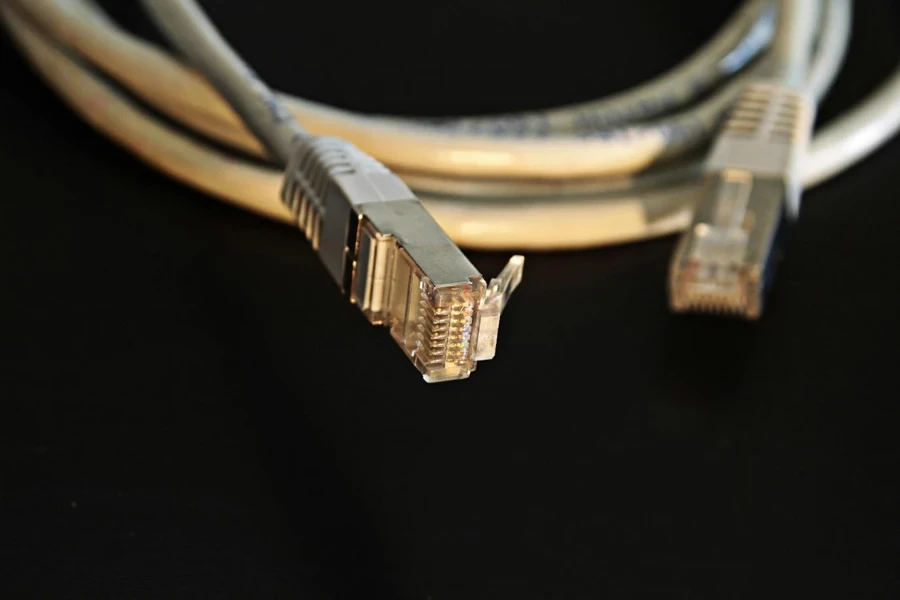
The advancement of cloud computing and virtualization has led to enhanced network cards to accommodate SR-IOV (Single Root I/O Virtualization), enabling virtual machines (VMs) to utilize a single physical NIC effectively. This improves network efficiency and lowers overhead costs. These specialized cards come with adaptive interrupt coalescing and receive side scaling (RSS), which helps distribute the load of network traffic processing across various CPU cores, thereby decreasing congestion in virtualized settings.
In addition, they are also incorporating hardware offloading features like TCP segmentation offload (TS0) and large receive offload (LR0 ) to move processing tasks from the CPU to the NIC to improve performance in cloud computing centers further.
BYOD-driven connectivity flexibility
To keep up with the rising popularity of BYOD (Bring Your Device), network interface cards (NIC) are commonly equipped with multiple ports and the capability to connect to wired and wireless networks effortlessly for convenient switching based on the device used.
Wake on LAN (WoL) as Auto-MDIX (Automatic Medium Dependent Interface Crossover) are now common features. They allow for remote access and automatic cable recognition to simplify network administration tasks in diverse settings where users depend heavily upon consistent connectivity across multiple devices via Ethernet or wireless connections, like Wi-Fi or other protocols.
Top-selling models that are setting market trends
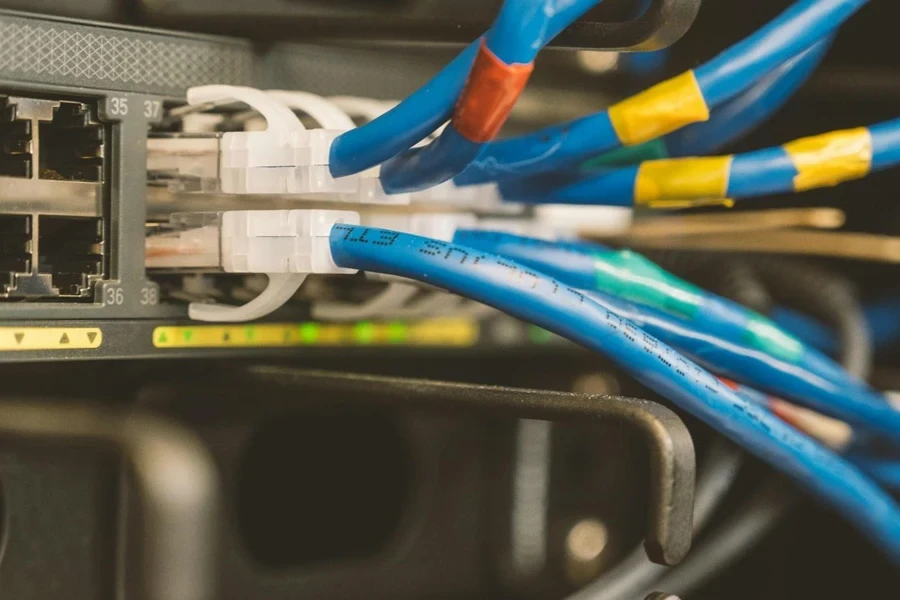
TP-Link Ethernet Card: Reliability and performance for enterprise use
The TP-Link Ethernet card is known for its super-fast data transfer speeds, going up to 1000Mbps, making it a great option for businesses and large-scale operations. It comes with auto-negotiation and support for Wake on LAN (WoW), ensuring smooth network performance and efficient energy saving.
It also provides profile and standard brackets to make installation easy in PC setups suitable for small form factor and regular desktops alike. The TP-link cards’ reliability and performance have contributed to their popularity as a top seller among companies that value reliable network uptime and strong data handling capabilities.
StarTech Ethernet Card: Versatility with cross-platform compatibility
StarTech Ethernet card receives praise for its ability to work smoothly on various operating systems, like Windows and macOS, as well as Linux systems effortlessly without any compatibility issues. This if because of its PCIe interface that enables it to offer lightning-fast gigabit speeds reaching up to 1000Mbps.
The card’s ability to connect through two channels and automatically adjust settings to improve its performance are features that make it a popular option for users needing connectivity across various operating systems. StarTechs dedication to ensuring compatibility and top-notch performance has established this model as a frontrunner in settings with diverse hardware and software setups.
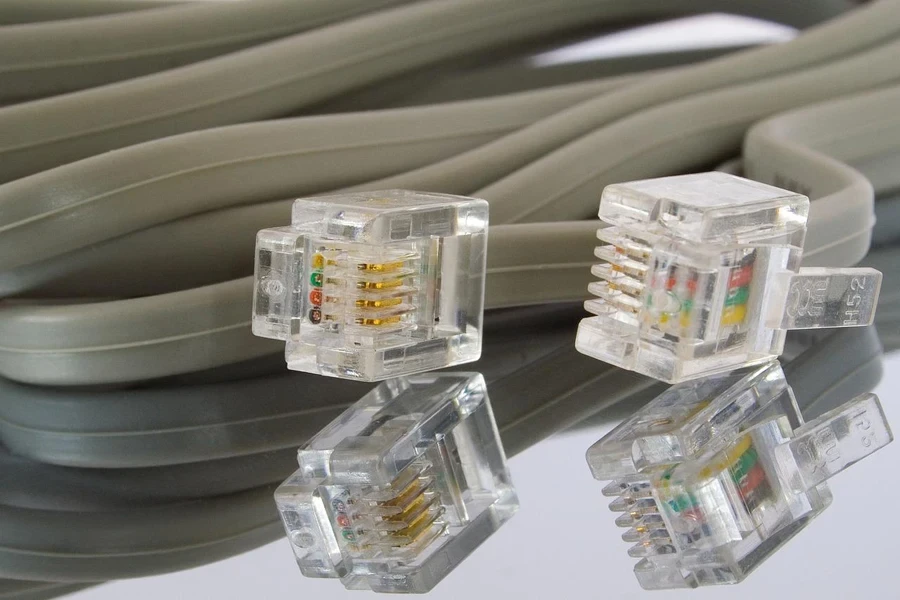
EDUP Ethernet Card: High-speed options catering to professional workloads
The EDUP Ethernet card is made for environments with high demand as it can achieve speeds of up to 2.5Gbps. With its multi-gigabit capability option included in this card’s design is a PCIe x1 interface for broad compatibility with modern PCs and servers. It’s known for its ability to work with different operating systems like Windows and Linux, making it adaptable for professional settings. The card comes with a low profile and standard brackets, allowing for flexibility during installation. Furthermore, auto MDI/MDIX support ensures ease of use by automatically detecting the correct cable configuration. The EDUP Ethernet card is highly regarded among professionals who handle large data transfers and complex network operations due to its performance and versatility.
TRENDnet Ethernet Card: High-performance under heavy loads
TRENDnets Ethernet card stands out as a top performer with its ability to support speeds of up to 2 gigabits per second using FIFO buffer technology that minimizes memory transfer overheads effectively. The card is ideal for settings that demand reliable and swift data transfers during intense network activity, such as corporate networks or data centers.
The card also includes auto-negotiation and auto MDI-X functionalities to guarantee top-notch performance, with manula setup required. Its capability to maintain high speeds during intense network activity has made it a popular selection for performance-driven businesses.
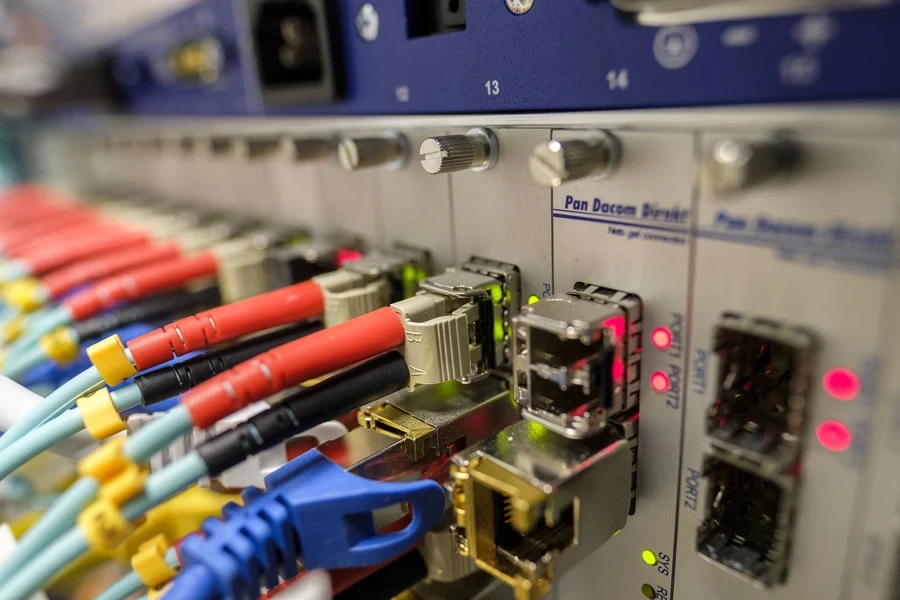
X-MEDIA Ethernet Card: Budget-friendly with strong performance
Are you looking for a cost-effective option that doesn’t sacrifice performance? The X MEDIA Ethernet card provides high-speed internet at an affordable price. It has 10/100/1000 Mbps capabilities and compatibility with Windows and Linux systems to suit various network configurations easily at home or in the office.This is due to its convenient plug-and-play feature and auto MDI/MDIX support. The X-MEDIA card is favored by budget buyers looking for dependable network performance capabilities.
ULANSeN Ethernet Card: Cutting-edge speeds for advanced applications
The ULANSeN Ethernet card offers speeds of up to 2.5Gbps, making it a top choice for advanced networking requirements. With PCIe compatibility and support for Wake on LAN, it is tailored to settings that demand high data transfer rates and remote management features. The auto-negotiation and full duplex mode guarantee top performance, making it ideal for tasks such as video editing, data transfers on a scale, and cloud computing applications. The ULANSe card’s blend of high-speed performance and sophisticated capabilities positions it as a key player in the market.
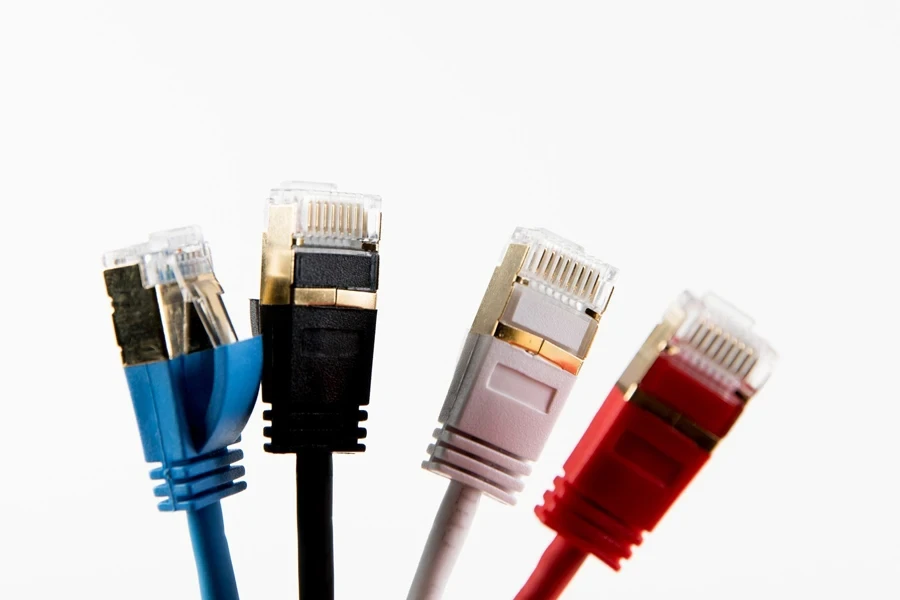
Influencing market trends and technological advancements
The best selling models in the market are favored for their characteristics and for shaping the overall direction of the NIC industry trends. The shift towards higher speed connections, broader compatibility among platforms, and advanced security functions mirrors the growing requirements of network settings. As these models establish benchmarks, they prompt manufacturers to push boundaries by enhancing speed levels, data security measures, and seamless integration capabilities across platforms. The progress in this field is influencing the direction of the NIC market toward meeting the increasing demands of businesses and professionals.
Conclusion
The market for network cards is seeing an uptick due to advancements in technology and the rising need for fast and secure connectivity options that are flexible as well. With improvements in data transfer rates, security measures, and enhanced compatibility features, the market is set for growth, especially as businesses depend more on network setups to drive their digital activities forward. As these developments unfold, network cards will continue to play a role in empowering the wave of enterprise networking capabilities.
